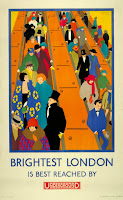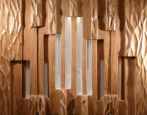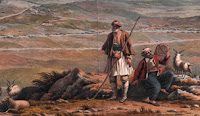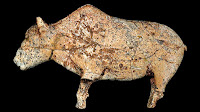Revolutionary Century: session 5
Fifth session of a six week course at the Bishopsgate Institute looking at the art of the 19th century, a period of great changes in art and society. The course is led by James Heard and this session looked at Post-Impressionists and was fascinating. The first part acknowledged that this was not really a conscious group of artists but a term applied to a movement in art after it had happened. We then talked about the two intellectual post-impressionists Cezanne and Seurat. I must admit I’d always assumed that Cezanne had painted very quickly so was fascinated to hear how slowly and carefully he pitched colours against each other to form shapes. In part two we looked at the mad men, Gaugin and Van Gogh. Who both painted with emotion and symbolism. I have always been fascinated by the period when they lived together in Arles in the Yellow House. We looked slightly more at Van Gogh then Gaugin as I think we are due to spend more time on the later next week.
























